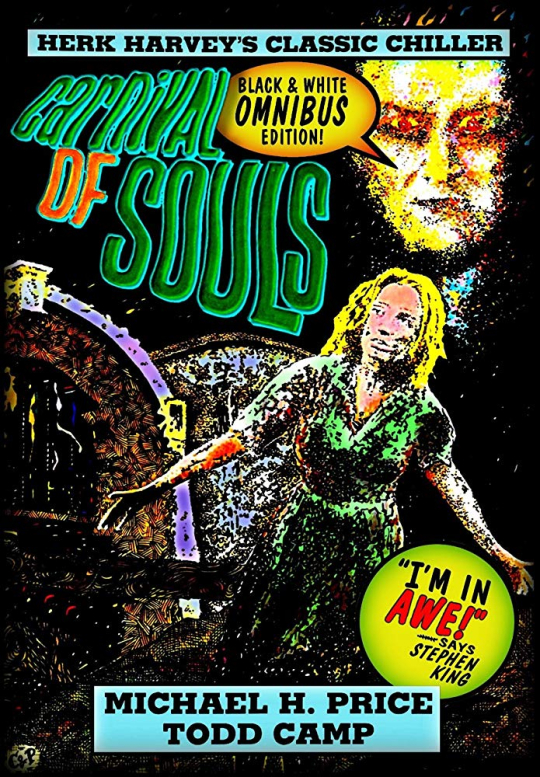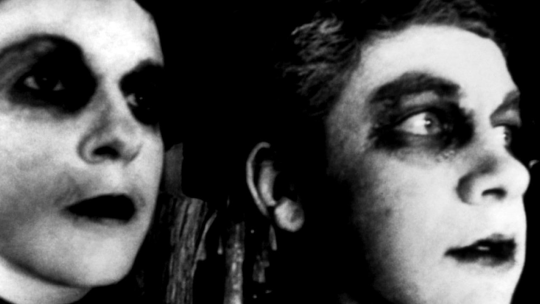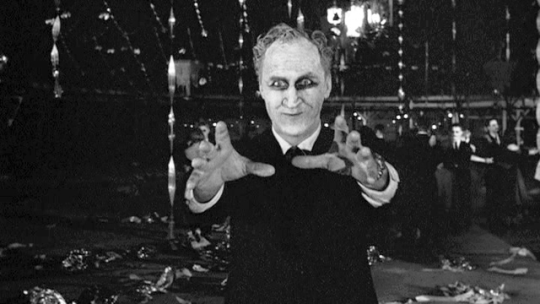The behind-the-scenes of Carnival of Souls has one thing in common with the story itself: a central focus around a building. An old, abandoned pavilion that seemed to be just begging for a movie to be made there.
Herk Harvey, (director and producer) while returning to Kansas after shooting a film in California, passed by the abandoned Saltair Pavilion in Salt Lake City, Utah. Noticing the building, an idea struck him, and upon returning to Lawrence, Kansas, Harvey asked a friend and co-worker, John Clifford, how he’d like to write a picture. Later, Harvey remembered what he’d told his friend by way of specifics:
“The last scene, I told him, had to be a whole bunch of ghouls dancing in that ballroom; the rest was up to him. He wrote it in three weeks.”
With the script ready, all that was needed were some players. Herk Harvey discovered young actress Candace Hilligoss in New York City, fresh from theatrical training with Lee Strasberg. Hilligoss was offered two movies: Carnival of Souls or the Richard Hilliard horror Psychomania. Hilligoss (naturally) chose Carnival of Souls, thinking she’d just take the money and run. In the end, she was paid $2,000 for her work on the film.

With the setting chosen, the script ready and a leading lady, all that was left was to actually film the thing.
Herk Harvey got his crew together and shot Carnival of Souls in three weeks, on location in Lawrence, Kansas and Salt Lake City, Utah, with a budget of $33,000. The rental of the Saltair Pavilion was $50, and Harvey managed to get his other filming done by paying off locals to allow them to quickly film a scene. The cast and crew worked seven days a week, with a rapid shooting pace.
Having worked on industrial films, Harvey was no stranger to making movies on a budget. Car scenes, typically done combining shots of the inside of the static car and a moving background to give the impression that the vehicle was moving, were impossible to do in the traditional way. Instead, Harvey shot the scenes inside the car with a battery powered, handheld camera, a type more traditionally used by cameramen at the time rather than movie makers.
That scene early on, where The Man (Played by director Herk Harvey himself) appears in Mary’s car window, turned out to be even more of a challenge. Again, without the budget for shot compositing, something else had to be done.

In the end, the shot was accomplished in a rather unusual way. An angled mirror was secured to the car, on the far side of the mirror. Herk Harvey sat in the backseat with a flashlight, so his reflection would be projected onto the mirror to be picked up on camera. Another memorable scene, when the car goes off the bridge at the beginning of the movie, was one of very few to not be shot in Lawrence, Kansas or Salt Lake City, Utah. This one was filmed in Lecompton, Kansas, at only a cost of $38, just enough to replace the smashed rails on the bridge used.
Honestly, there’s not a whole lot to be said about the film’s production. It was lightning fast, six weeks total. The most interesting thing about it would seem to be the distributor cutting 5 minutes from the movie and then absconding with the profits. No great stars were made from this film: Herk Harvey went on to direct mostly educational short films, never making a feature film again. Candace Hilligoss went on to be a solid actress, but not a star. The other main actor of the film, Sidney Berger, went on to be the chair of the drama department of the University of Houston. In short, there doesn’t seem to be much of an imprint left by this film.
But clearly it struck enough of a chord.

Like I said, directors George Romero and David Lynch took this film as quite an inspiration, citing it as an influence on their later work. The gothic look and feel of the film, as well as a genuinely creepy script and tone, assisted with its rediscovery over twenty years later, and now, Carnival of Souls is considered one of the greatest horror films ever made.
Not bad for a tiny little independent film made on a budget.
Join us next time for our final look and personal thoughts on Carnival of Souls, where we’ll be wrapping our discussion up on this movie. Don’t forget my ask box is always open for discussions, questions, suggestions, or conversations! Thank you so much for reading, and I hope to see you in the next article.
One thought on “Carnival of Souls: Facets of Filmmaking”